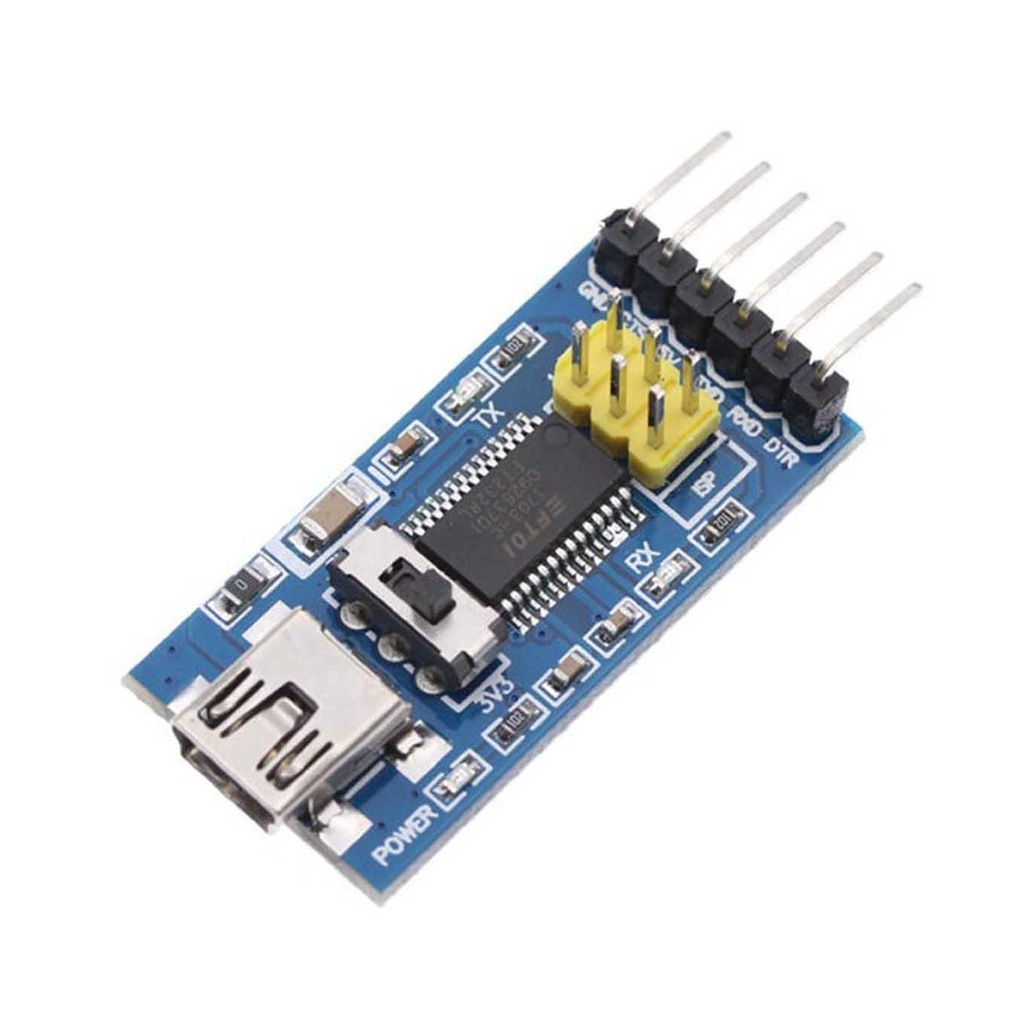USB To TTL FTDI FT232RL Serial IC Adapter Converter Module 3.3V 5V
This compact breakout board utilizes FTDI's reliable FT232RL chipset, making it a cost-effective and dependable solution for adding USB functionality to Arduino and other microcontroller projects. Ideal for uploading sketches, bootloading, or serial communication, this adapter bridges legacy serial systems to modern USB interfaces.
Package Includes:
- 1 x USB To TTL FTDI FT232RL Serial IC Adapter Converter Module (3.3V / 5V)

